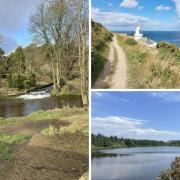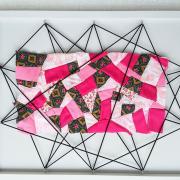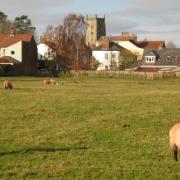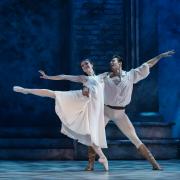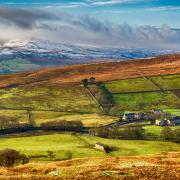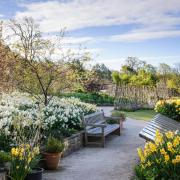A love of horse racing in the county goes back a very long way, as Richard Darn finds out.

Yorkshire is dotted with former racecourses. For instance had history taken a different course then Richmond might still be a celebrated venue for the Sport of Kings. Racing ended here in 1891, but you can still see the ground floor of John Carr’s once glorious honey coloured stand dating from 1776 and overlooking magnificent country.
Other circuits consigned to history include Bedale, Bradford, Follifoot, Selby, Stokesley, Northallerton and Hull. But perhaps the most spectacular former venue was Hambleton, located near the 1,000ft summit of Sutton Bank - one of the very first ‘official’ race tracks in England no less!
That’s right, for in 1740 the Government passed a law giving it the right to run ‘proper’ races along with Newmarket and York. But whereas the other two thrived, the hill-top venue never caught on and so racing was moved to nearby Thirsk in 1855 where the racecourse we know today had its new beginning.
Its owner was Squire Fredrick Bell, who staged the first two-day meet on March 15th that year. The prestigious Hunt Cup was run four years later, with Egg Sauce coming home first and winning the £30 prize money. But it was the 1896 visit by the Prince of Wales, later King Edward VII, which really put the place on the map, with large crowds filling the paddocks. All of which makes Thirsk racecourse a thoroughbred in its own right.

Mind you, this town has never been a stranger to swift horses. The creation of turnpikes in the 18th century led to a travel boom and two of the town’s three coaching inns survive to this day - The Three Tuns and The Golden Fleece, which stabled up to 60 horses and provided a stop-over for coaches like the Wellington, Expedition, Newcastle Union, Victoria, Phoenix and Hero. Another regular 4pm caller was the swift Highflyer - the Flying Scotsman of its day – which completed the London to Edinburgh run in a whirlwind 24 hours by regular interchange of horses.
The same excellent transport links makes Thirsk racecourse popular today with families, racegoers and trainers. It’s conveniently located between two national parks and a stone’s throw away from the Great North Road and East Coast mainline and last year welcomed 56,000 visitors from across the country. The Hunt Cup meeting is still the most popular, along with the Summer Cup (August 4th) and Ladies Day (September 8th). Family Days are also a big hit, with two scheduled this year (August 20th and 31st) and it is wonderful to see under18 year-olds getting in free to enjoy a splendid day’s racing and fun activities.
Yorkshire’s racecourses – nine in total, far more than any other county - are jewels in the crown. They make a major contribution to the county’s tourism economy and are historic places in their own right, as well as being an emblem of our social and sporting distinctiveness.
Although Thirsk is one of the smaller venues, it has big ideas. Later this year a spanking new owners and trainers building opens, not just raising the ante in terms of facilities, but also providing conference and wedding venue space. It’s part of an ongoing investment in recent times that has included the building of the Pavilion Stand (1999) and Thomas Lord Dine and View Restaurant (2014), named after the founder of Lords Cricket Ground, who was born in Thirsk. And let’s pay a dutiful nod in the direction of James Herriot – the town’s most famous son. As a vet he worked at the racecourse and is commemorated by the James Herriot Hall (1995).
Bigger venues might get more publicity, but courses like Thirsk are the backbone of the racing scene in England. Race days are busy in the town and bring an added bustle to the cobbled market square and are very much part of summer. In the old days it staged just one meeting annually, but this year 16 days of competitive flat racing take place between April and September, including three evening meetings. The only omission is the famous Thirsk Hunt Cup, transferred to Wetherby for this year only due to a clash of dates with the Tour de Yorkshire.
But let’s not dwell on that, but look ahead to the final fling of the racing year – Ladies Day, a highlight of North Yorkshire’s cultural calendar, where the hats are bigger and frocks posher. For the girls sake at least we can be glad the racecourse was moved from its former windswept home atop the North York Moors!






